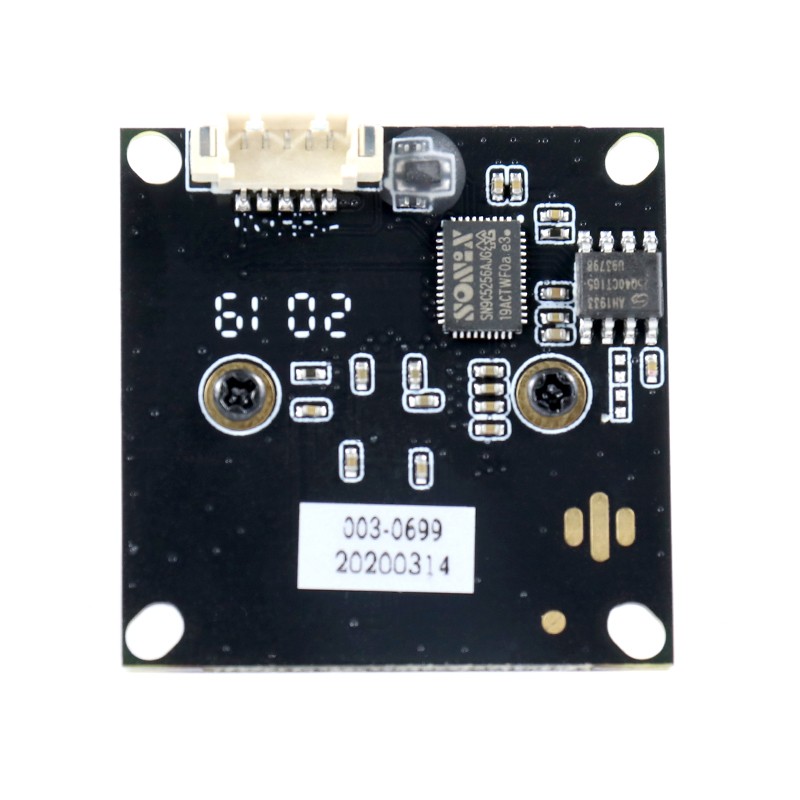Global Shutter VS Rolling Shutter
- 19 Jun, 2022
- 4799 views

Are you wondering how to choose between Rolling shutter and Global shutter for your application? Then, read this article to better understand the differences between rolling shutter and global shutter and how to choose the one that perfectly fits your application
Today's industrial cameras and imaging systems have sensors that capture and record images for various processing and analysis purposes. These sensors use an electronic shutter to capture images. An electronic shutter is a device that controls the exposure of photon wells on the sensor. It also determines whether the pixels are exposed line by line or as a complete matrix. The two main types of electronic shutter are Rolling shutter and Global shutter. This article explores shutter mechanisms, the difference between the two shutters, and where to use them.
Rolling shutter
What is Rolling shutter?
Rolling shutter mode in a camera exposes the pixel rows one after the other, with a temporal offset from one row to the next. At first, the top row of the image starts collecting the light and finishes it. Then the next row starts collecting light. This causes delay in the ending and starting time of light collection for consecutive rows. The total light collection time for each row is exactly the same.
Rolling Shutter Effect
The difference in imaging between rolling shutter sensor and global shutter sensor is predominantly reflected in dynamic image acquisition. When fast-moving objects are captured by a rolling shutter sensor, the rolling shutter Effect occurs. In rolling shutter, all pixels of the array in the image sensor are not exposed simultaneously and each row of sensor pixels is scanned sequentially. Due to this, if an object moves faster than the exposure time and readout time of the image sensor, the image gets distorted owing to rolling light exposure. This is called rolling shutter effect.
Global Shutter
What is Global Shutter?
Global shutter mode in an image sensor allows all the sensor's pixels to start exposing and stop exposing simultaneously for the programmed exposure period during every image acquisition. After the end of the exposure time, pixel data readout begins and proceeds row by row until all pixel data has been read. This produces non-distorted images without wobble or skewing. Global shutter sensors are typically used to capture high-speed moving objects.
How does a global shutter sensor work?
A global shutter exposes all lines of an image at the same time, 'freezing' the moving object in place. This prevents distortions, which makes global shutter technology the ideal choice for applications with moving objects and rapid movement sequences, including automatic license plate detection as part of traffic monitoring, for example.
The advantages of global shutter sensors:
1. High frame rates
2. High resolution
3. Crystal-clear images, even for very short exposures
4. Outstanding noise characteristics, even in poor lighting conditions
5. Broad dynamic range
6. High quantum efficiency of up to 70%
Where we need a global shutter camera and rolling shutter camera?
A global shutter camera is mainly used for capturing high-speed moving objects without artifacts and motion blur. Global shutter cameras are used in applications such as ball tracking, industrial automation, warehouse robots, drones etc.
Rolling shutter sensors offer excellent sensitivity for imaging and can be used for cost effective applications. It is predominantly used for capturing slow-moving objects such as agriculture tractors, slow speed conveyors, and standalone applications like kiosks, barcode scanners, etc.
- Category:
- Business
- No comments




